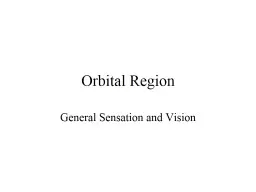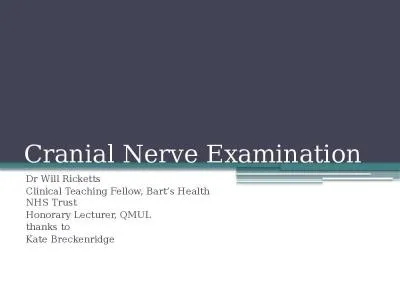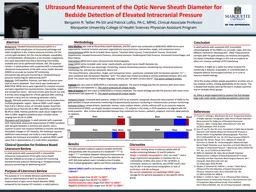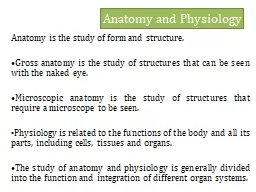PPT-OPTIC NERVE : ANATOMY Embryology of optic nerve
Author : sherrill-nordquist | Published Date : 2020-04-04
Introduction Parts of optic nerve Blood supply Clinical significance PRESENTATION LAYOUT 3 rd week of gestation the first evidence of primitive eye formation occurs
Presentation Embed Code
Download Presentation
Download Presentation The PPT/PDF document " OPTIC NERVE : ANATOMY Embryology of opt..." is the property of its rightful owner. Permission is granted to download and print the materials on this website for personal, non-commercial use only, and to display it on your personal computer provided you do not modify the materials and that you retain all copyright notices contained in the materials. By downloading content from our website, you accept the terms of this agreement.
OPTIC NERVE : ANATOMY Embryology of optic nerve: Transcript
Download Rules Of Document
" OPTIC NERVE : ANATOMY Embryology of optic nerve"The content belongs to its owner. You may download and print it for personal use, without modification, and keep all copyright notices. By downloading, you agree to these terms.
Related Documents














